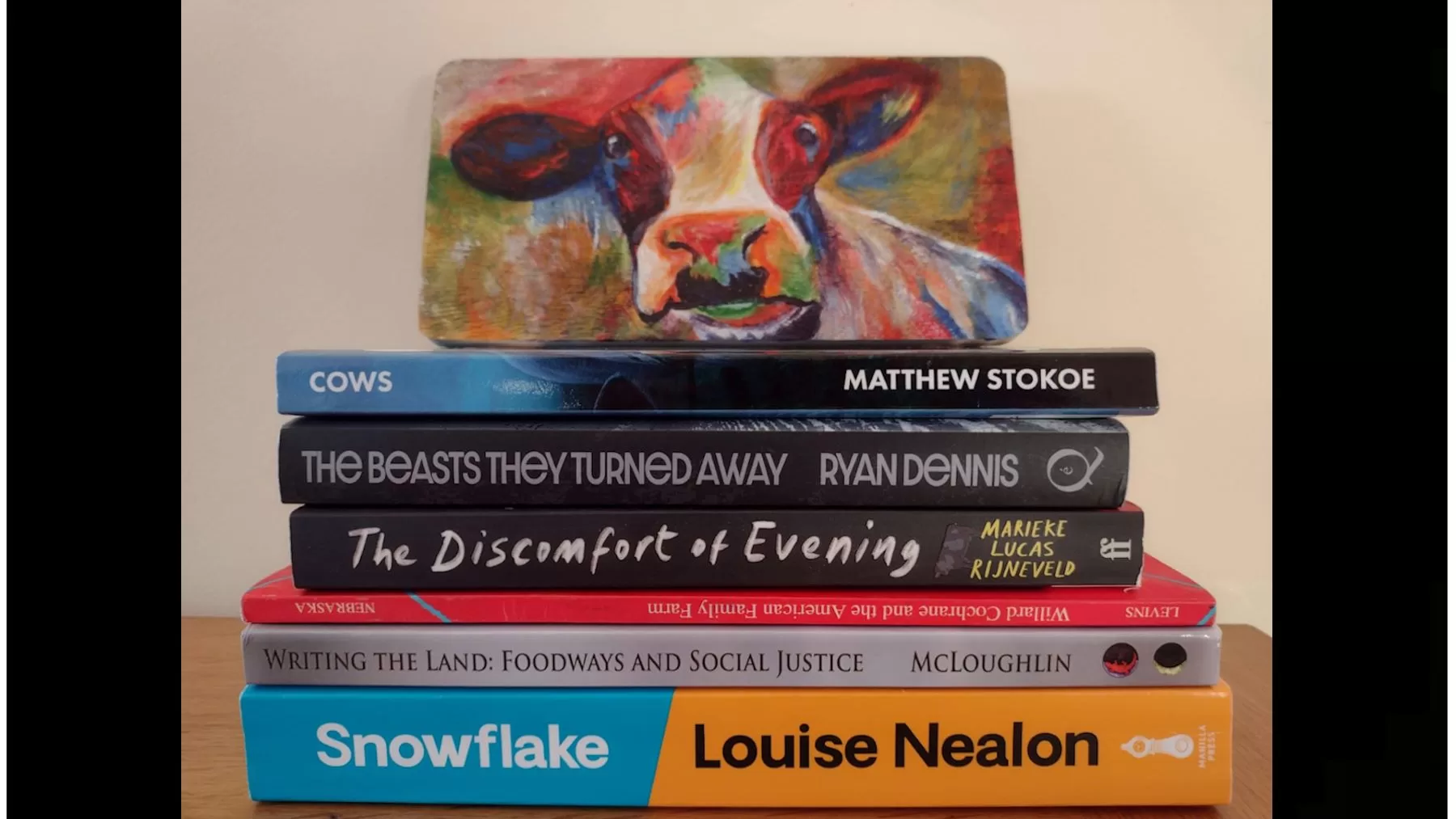Farming is an essential part of the human story. Although the number of farmers is declining world wide, many people still have family members who farm or once did, while others are still directly connected to agriculture. Farming is a unique lifestyle that is as specific as it can be challenging, and therefore the natural source of many types of stories. With that in mind, we’ve curated (and continue to add to) this collection of farm books, with 115 entries...

